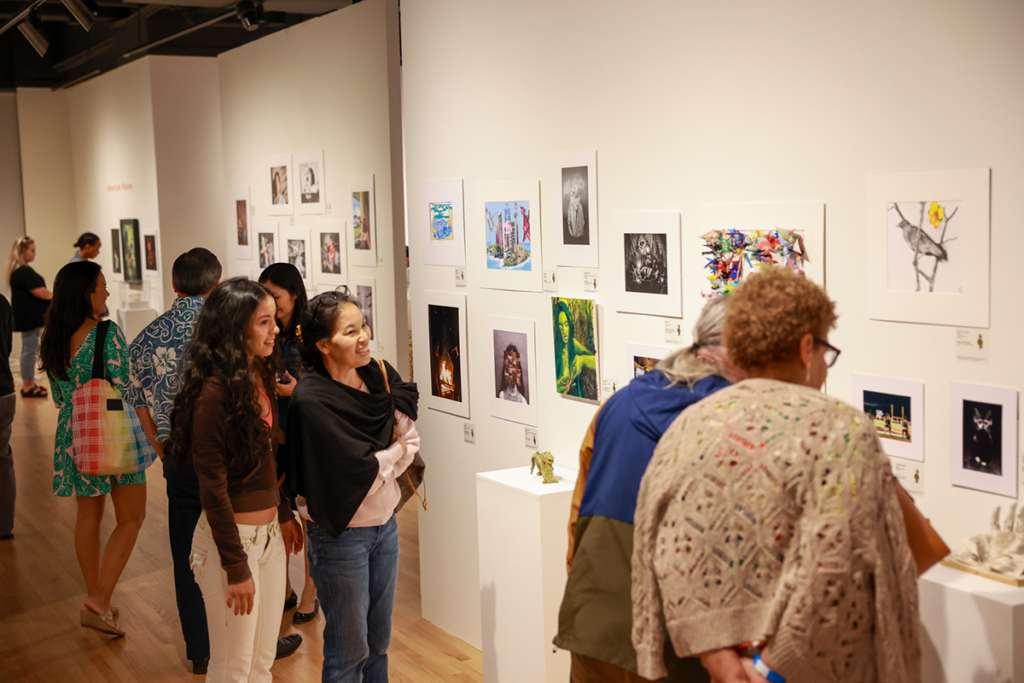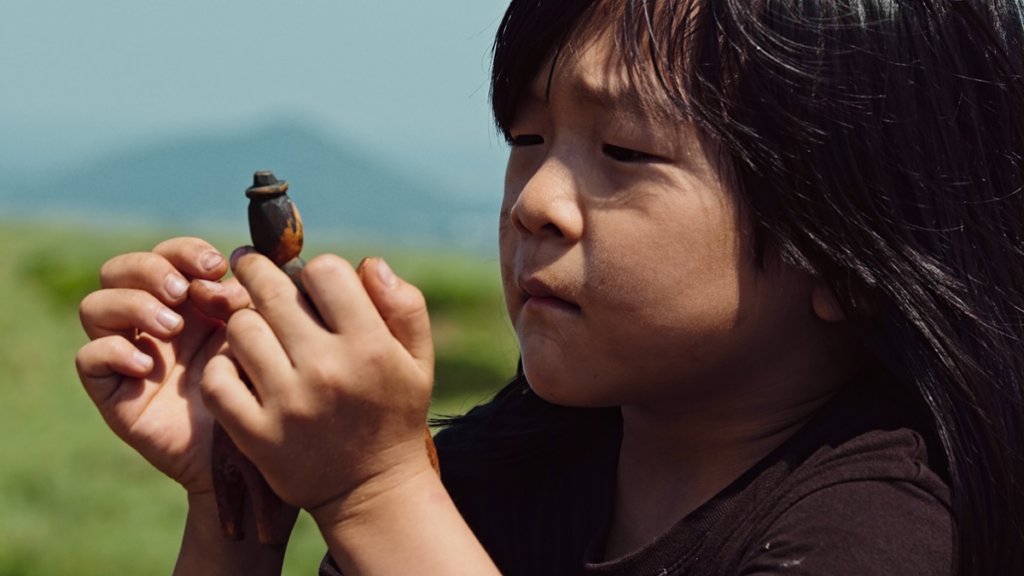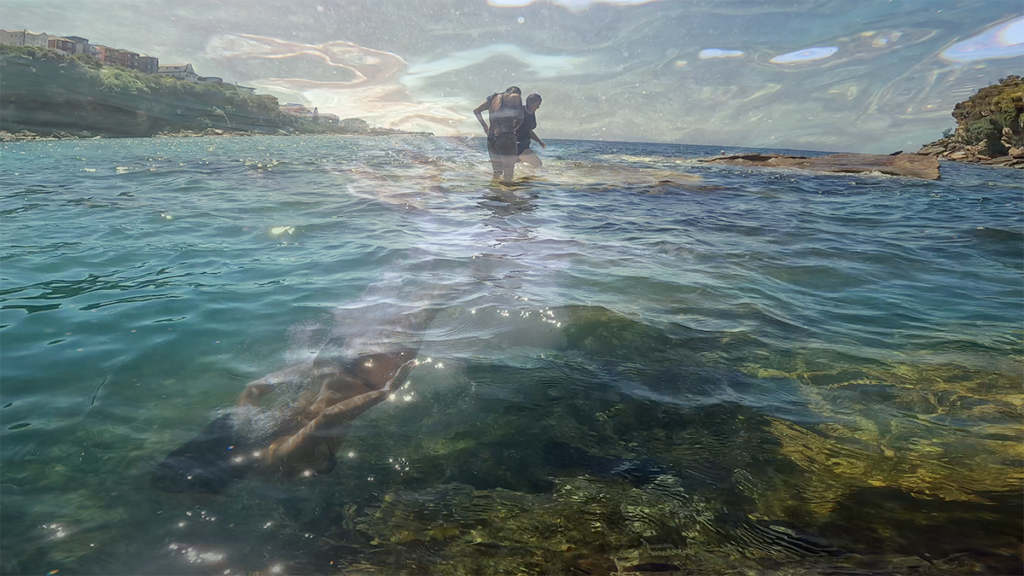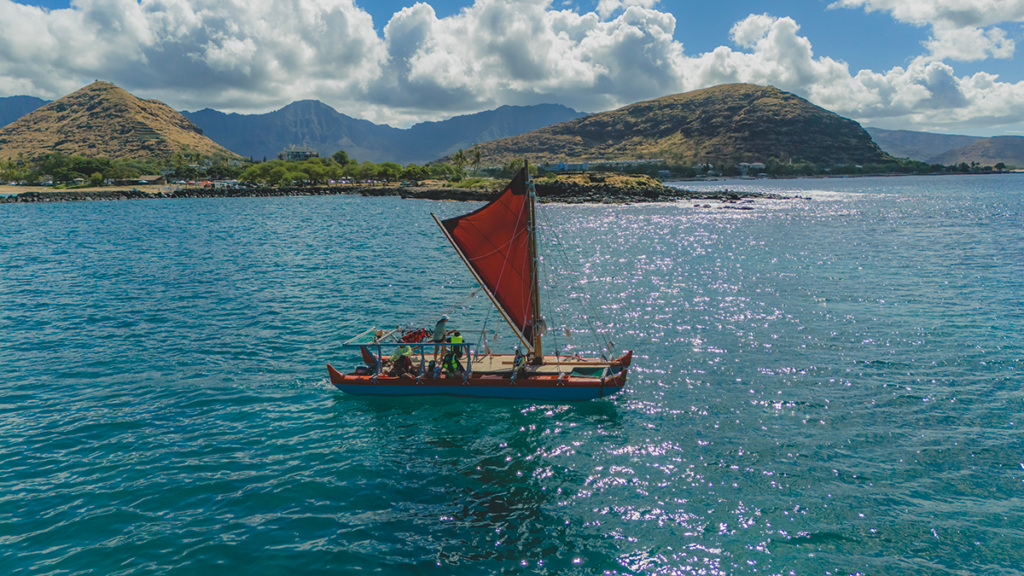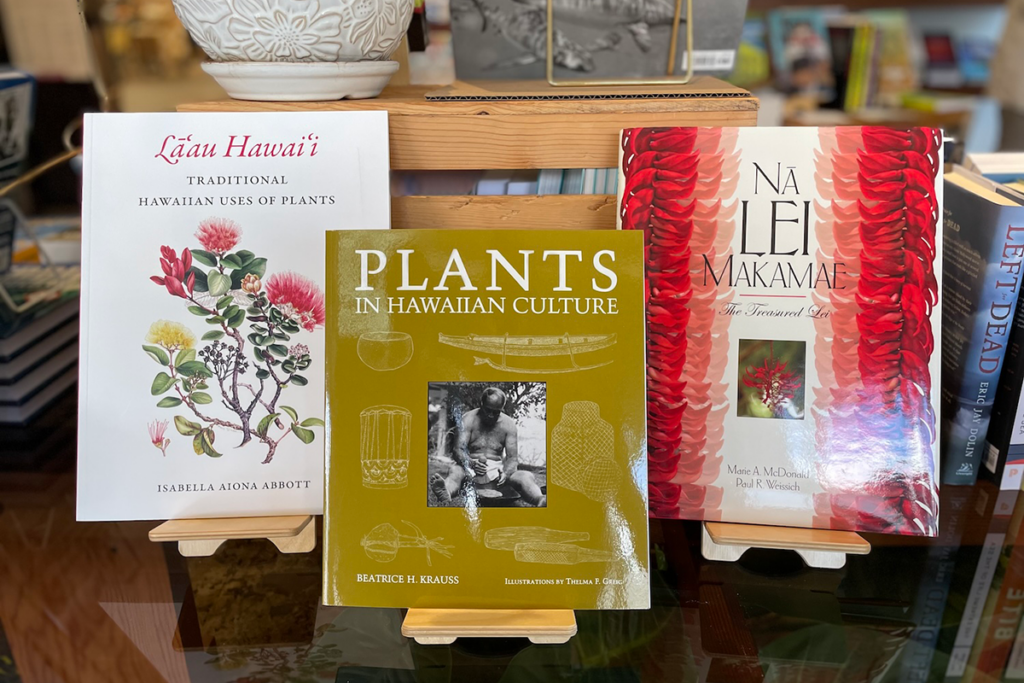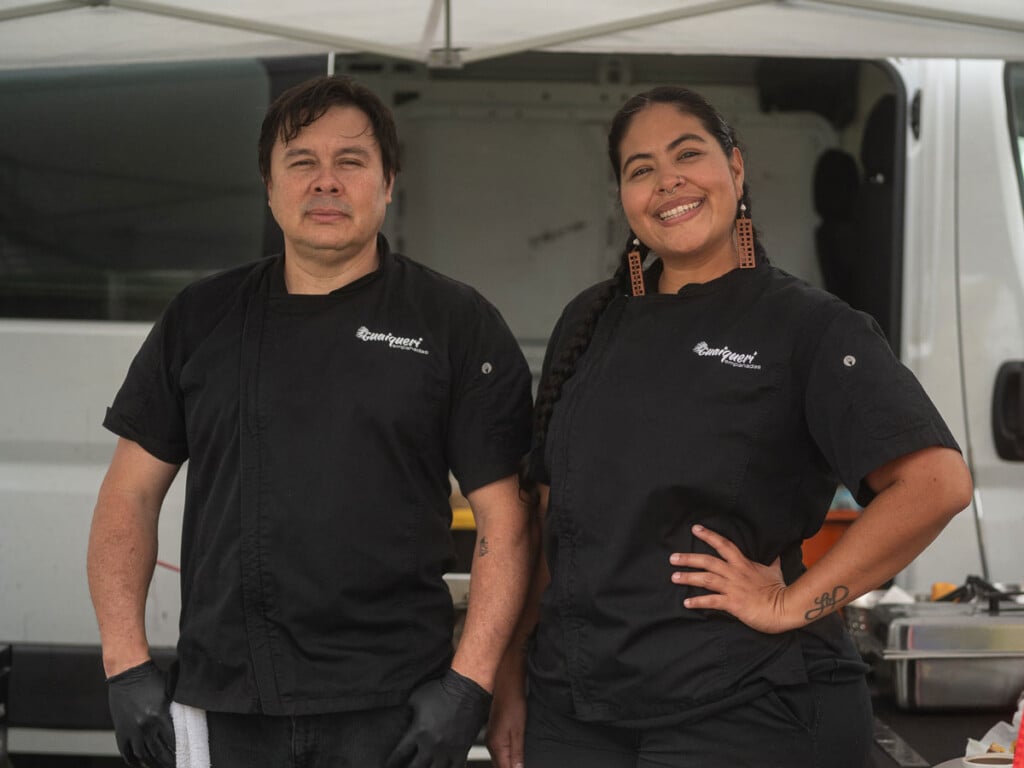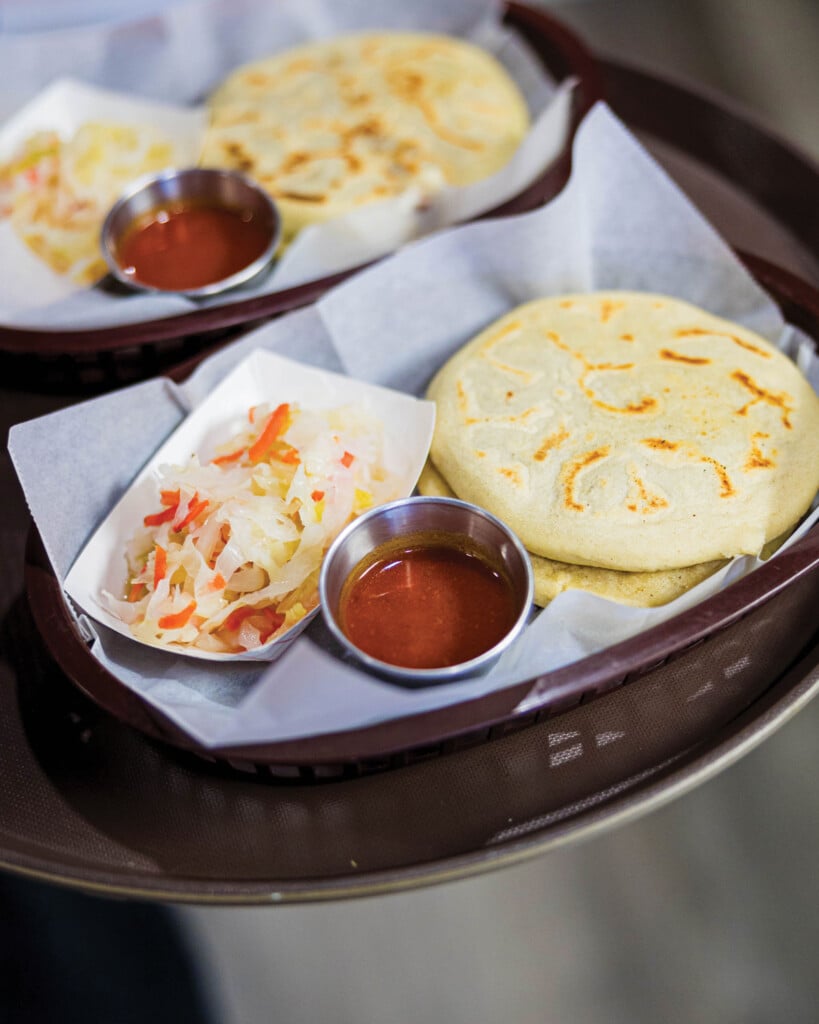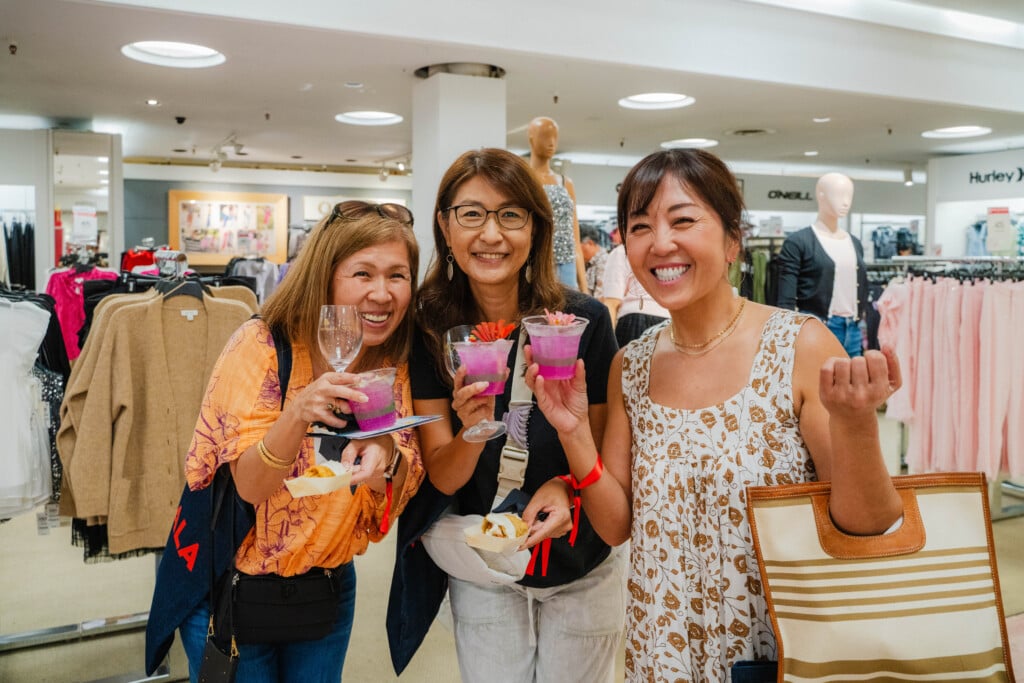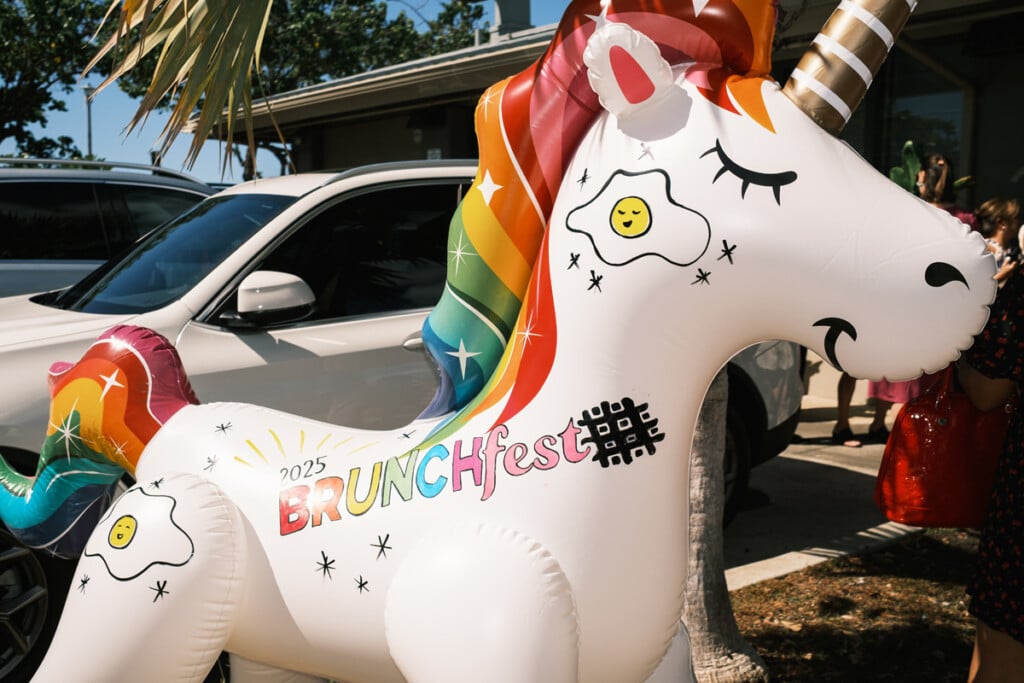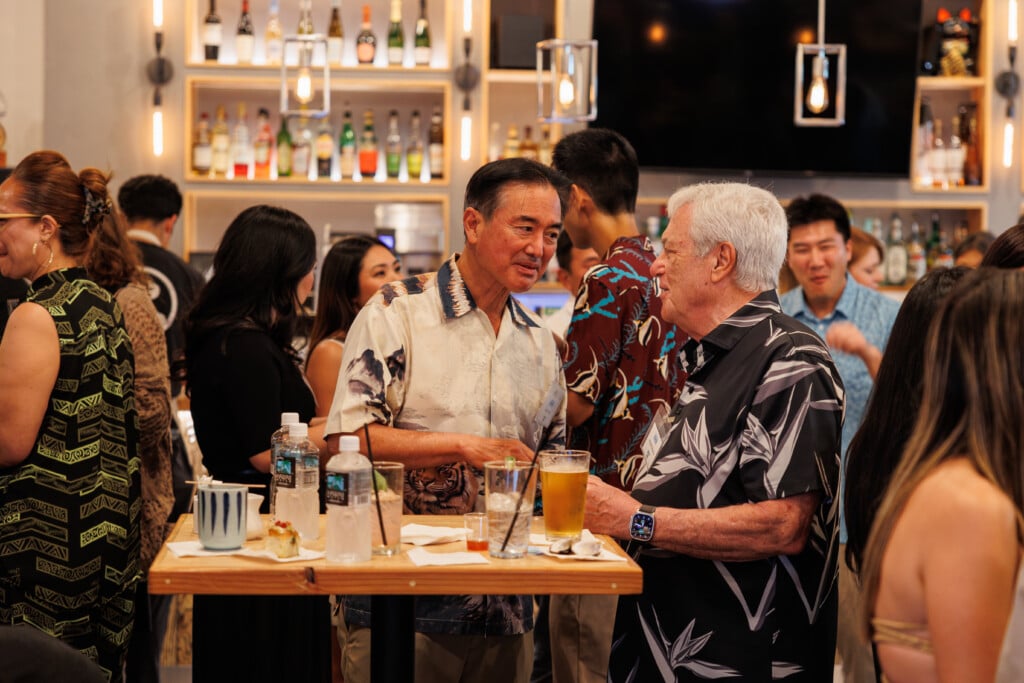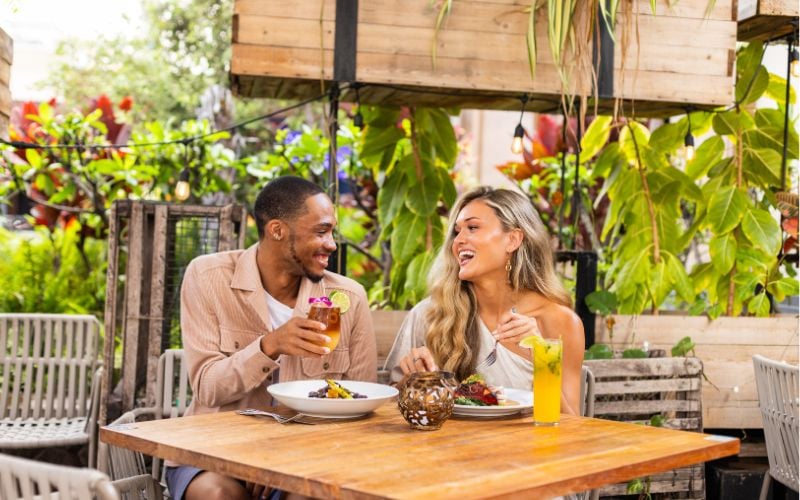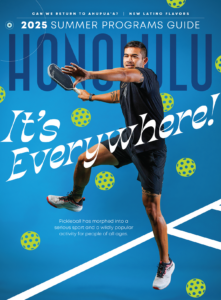Q&A with the Curators of Hawai‘i State Art Museum’s Latest Exhibit
Native Hawaiian artists Drew Broderick, Kapulani Landgraf and Ka‘ili Chun tell us about “Mai ho‘ohuli i ka lima i luna.”
Editor’s Note: Through our partnership with the Hawai‘i State Art Museum, HONOLULU Magazine publishes a monthly blog written by Lisa Shiroma, correspondent for HiSAM.

Photos: Courtesy of Hawai‘i State Art Museum
Mai ho‘ohuli i ka lima i luna is the art exhibition we need right now as our community faces an uncertain future. The Hawai‘i State Art Museum’s latest exhibit focuses on contemporary art created by Native Hawaiian artists, shares a story of resilience and helps us connect with hope for the future.
This special exhibition was originally meant to coincide with the 13th Festival of Pacific Arts and Culture, also known as FESTPAC, which was to be held in Hawai‘i for the first time this year but was postponed until 2024 because of COVID-19. Held every four years on a different island in the Pacific, it is the world’s largest celebration of Indigenous Pacific Islanders. Fortunately, we don’t need to wait another four years to experience this exhibition.
On display now, the exhibit was guest curated by Drew Broderick, Kapulani Landgraf and Ka‘ili Chun—Native Hawaiian artists who push the boundaries of what “Hawaiian art” looks like. All three curators also work as lecturers in art and administration at Kapi‘olani Community College. We emailed them questions about the exhibit. Here’s what they had to say.
SEE ALSO: Check Out Artists in Their Home Studios in This New Quarantine-Inspired Series

HONOLULU Magazine: Is this exhibition the very first of its kind at HiSAM?
Mai hoʻohuli i ka lima i luna centers on the work of artists whose culture has been historically marginalized and structurally oppressed by the United States, both its state and federal governments. The widespread underrepresentation and misrepresentation of kānaka in Hawaiʻi demonstrates the toxic conditions that many Black, Indigenous and people of color have had to endure for centuries and the longstanding need for remediation.
The exhibition continues a discussion that was happening in Honolulu at the turn of the 21st century when art museums and galleries were presenting some of their first exhibitions of contemporary Native Hawaiian art. Two decades later, HiSAM is helping to revive this vital conversation about increased support for contemporary Native Hawaiian artists. Collaborations like this allow for exhibitions based on accountability and provide a much-needed platform for artists of Hawaiʻi amid a global pandemic, economic collapse and social unrest. We hope that Mai hoʻohuli i ka lima i luna will come to mark another important turning point for the Hawaiʻi State Foundation on Culture and the Arts.
HM: There are hundreds of pieces of artwork in Hawai‘i SFCA’s collection. What was the process that went into selecting the pieces for this exhibition?
The Art in Public Places Collection of the HSFCA currently encompasses over 7,200 artworks by more than 2,400 artists with ties to Hawaiʻi. After sifting through index cards and three-ring binders in the HSFCA office library we decided to approach the state’s collection as a living entity, one that hosts numerous and at times conflicting narratives. We chose to curate across materials, techniques and generations to highlight continuities and shared concerns between artworks and their makers. Ours is not an effort to tell the story, but instead to offer a reading of a moment in the maturing lives of the APP Collection and HSFCA.

HM: What are your plans for expanding this exhibition to other spaces in the museum?
Mai hoʻohuli i ka lima i luna spreads out across HiSAM over the course of a year—a wall display case, café and sculpture garden on the first floor, and a sculpture lobby and multiple gallery rooms on the second floor. Our curatorial response varies with each space as do the artworks. In certain moments, the exhibition is conventional, in others experimental, such as mapping interpersonal relations within a group of artists, recognizing struggles of the past, dwelling with kaona in the present, and facing Indigenous futures already in the making.
In September and October, we will present an installation of new and recent work by emerging artists who are not currently included in the APP Collection. The artworks will be on display in the HiSAM café, Artizen by MW, and the gift shop.
HM: The installation in the first-floor display case is so powerful. Seeing an ancient Polynesian voyaging vessel and its crew heading toward an endless sea of stars is breathtaking. What would you like for the viewer to experience from seeing this?
An exhibition is often experienced as a static arrangement of objects, leaving little space for change over time. Over the course of this exhibition, Canoes of Polynesia (1969-1972), a series of fourteen oil paintings of waʻa by Herb Kawainui Kāne, co-founder of the Polynesian Voyaging Society, travels throughout the museum, reinstalled at regular intervals across the first-floor display case before cycling through the second-floor Diamond Head gallery.
Behind the procession of vessels on the first floor is an expansive wall treatment by Hana Yoshihata, a young artist and PVS crew member. Yoshihata’s painting, Kawainui (2020), has been poured, in honor of Kāne, with a mixture of coastal seawater from Kealakekua and deep-sea water from Ka Piko o Wākea (equator) gathered on the homecoming leg of Hōkūleʻa’s worldwide voyage in 2017. As with the ocean and voyaging—pathways of connectivity to peoples and places, spanning centuries, cultures and solar systems—the installation of work by Kāne and Yoshihata also bridges a generational divide, bringing “old” and “new” together in a shared time and space. Kāne and Yoshihata remind us to navigate into the future with an awareness of the past.
HM: In a way, this exhibition has been thousands of years in the making. What would you like for the museum’s visitors to take away from seeing this exhibition?
Currently, based on our unofficial approximations, Native Hawaiian artists represent 2.6% of the artists in the APP Collection. Artworks by these same artists account for 2.9% of the artwork in the collection. Beyond a discussion of art and/or exhibition-making, we hope that visitors leave with a heightened understanding of the ongoing need for increased support of kānaka artists both inside and outside of the walls of the Hawaiʻi State Art Museum and the Hawaiʻi State Foundation on Culture and the Arts.
SEE ALSO: HiSAM Is Reopening Monday, July 13. Here’s What You Need to Know

HM: Is there anything else you would like to share?
Yes, it is important to us to name all of the participating artists. The exhibition includes work by Bernice Akamine, Pam Barton, Wright Bowman Sr., Sean K. L. Browne, Mark A. Chai, Kahi Ching, Kauʻi Chun, Kauka de Silva, Solomon Enos, Charlton Kūpaʻa Hee, Henry Hanale Kila Hopfe, Rocky KaʻiouliokahihikoloʻEhu Jensen, Elroy Juan, ʻĪmaikalani Kalāhele, Herb Kawainui Kāne, Clemente Lagundimao Jr., Al Kahekiliʻuila Lagunero, Marques Hanalei Marzan, Marie McDonald, Meleanna Aluli Meyer, Harinani Orme, Carl F. K. Pao, Pat Kaimoku Pinē, Abigail Romanchak, Maikaʻi Tubbs and Hana Yoshihata
We would like to end by acknowledging kumu, specifically one of the sources we turned to for guidance during our process. The title of this exhibition was adapted from ʻōlelo noʻeau No. 71, as passed on in written form by composer, educator and scholar Mary Kawena Pukui. It reads as follows: “Aia nō ka pono—o ka hoʻohuli i ka lima i lalo, ʻaʻole o ka hoʻohuli i luna. That is what it should be—to turn the hands palms down, not palms up.” As we continue to stand guard with an invigorated awareness, may we honor the work that has been done, hold steady courses and celebrate auspicious changes to come!
The exhibit is currently on display at the Hawai‘i State Art Museum, 250 S. Hotel St. Follow @hawaiistateartmuseum on Instagram to find out when there will be Pau Hana Artist Talks and other related programming.
 |
Lisa Shiroma is a correspondent for HiSAM and is an artist and art educator. Lisa is the former owner of the HiSAM Museum Gallery Shop, which she ran with partners Aly Ishikuni-Sasaki and Travis Sasaki from Mori by Art + Flea from 2017 to June 2020.
